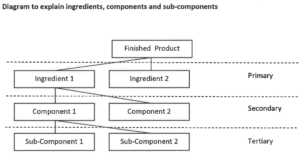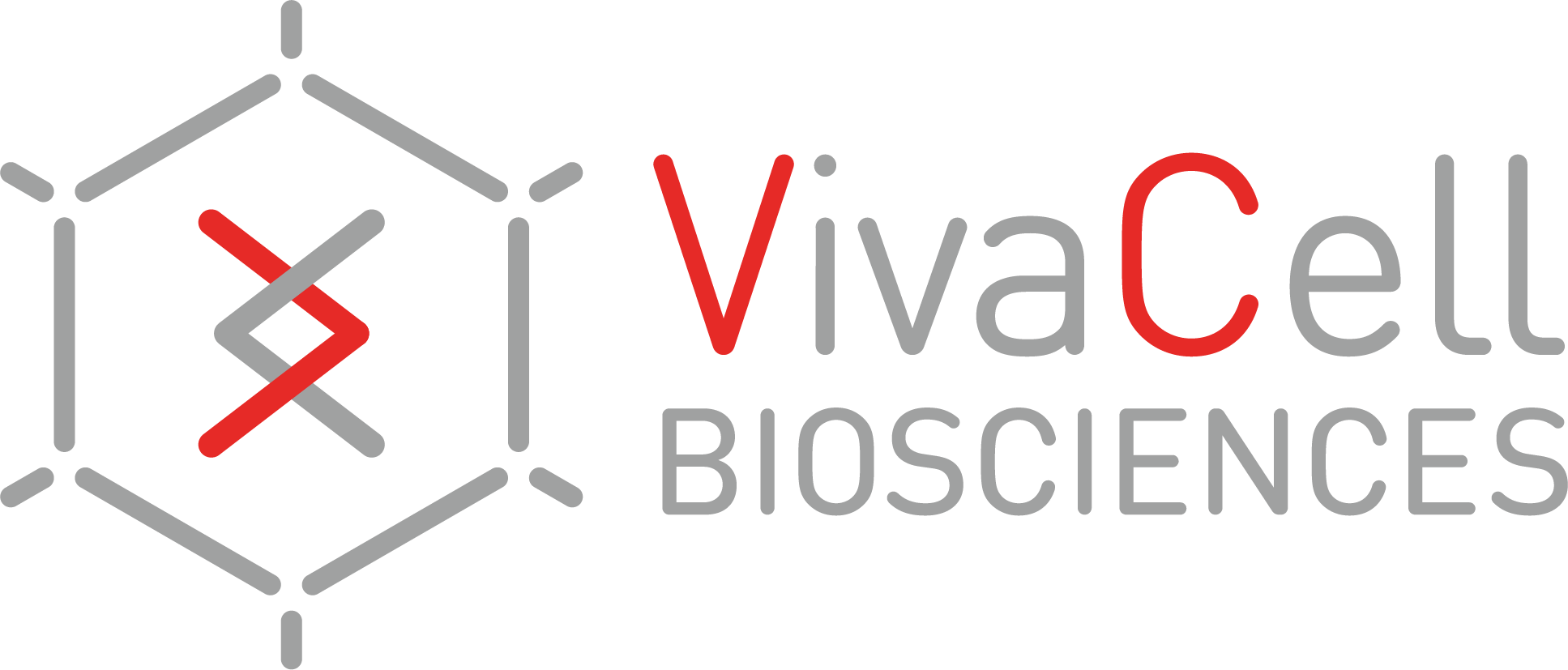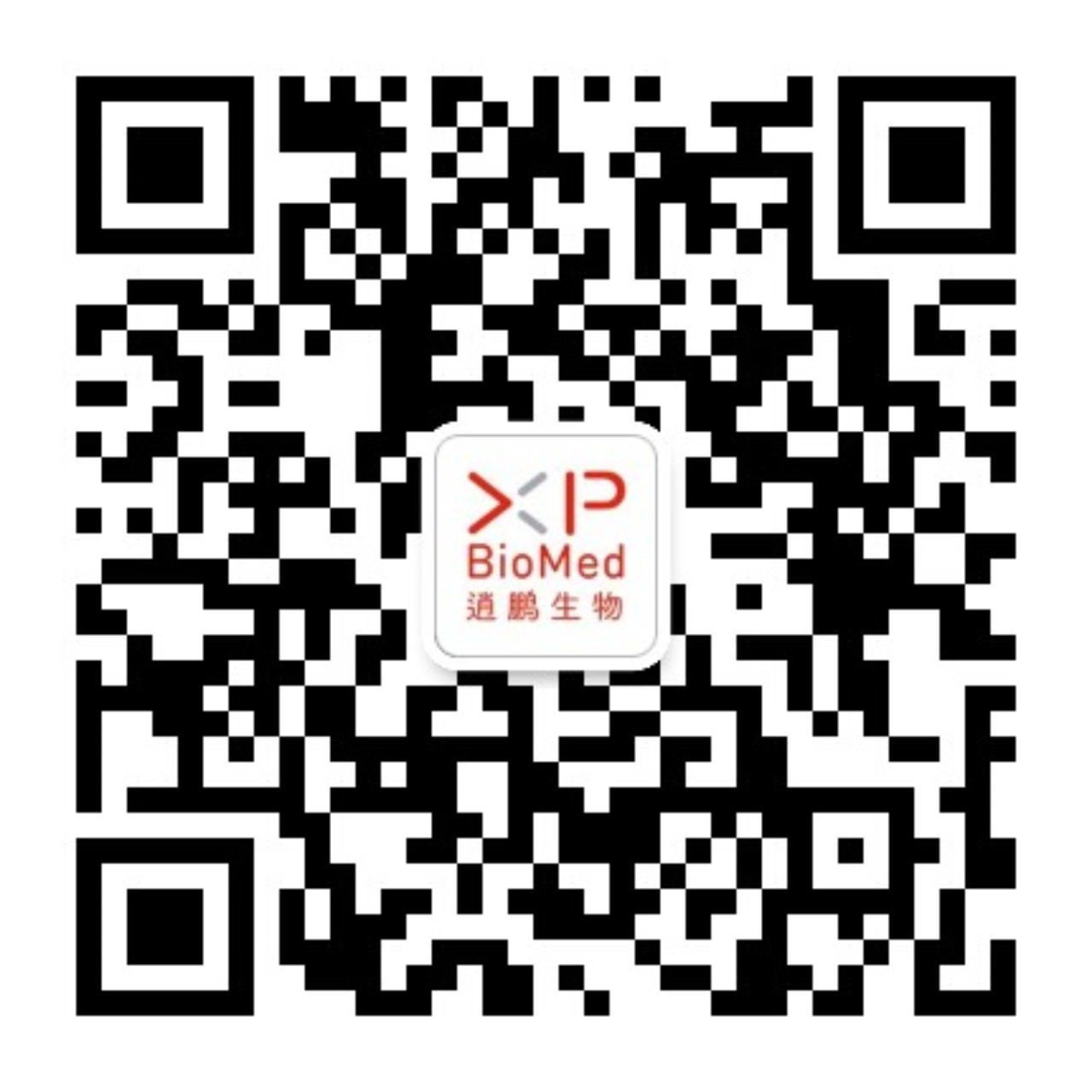BioLamina人源重组层粘连蛋白-Biosilk properties
Q What does it mean that the products are animal origin-free to the primary or secondary level?
A All our products are defined and animal origin-free (Ref: ISCT guidance document “ISCT Animal-Free Origin Survey Results-Summary”). Please see the diagram below for an explanation of the different levels. You can find links to all the Animal Origin Free statements in the Quality documents page. For more information on the difference between CT, MX, and LN products, please see this Application note.

Q What is Biosilk?
A Biosilk is a natural biomaterial made of recombinant silk protein. Biosilk fibers consist of shorter strings of spider silk protein, spidroins, which contain four poly alanine/glycine-rich blocks and a C-terminal non-repetitive domain. The spidroins are further biofunctionalized with an RGD-domain sequence.
Biosilk 521 is a Biosilk product that is supplemented with recombinant Biolaminin 521 (human recombinant laminin 521 protein). The Biosilk 521 material creates a biologically relevant 3D culture environment for the expansion and differentiation of human pluripotent stem cells. Biosilk can also be supplemented with any other Biolaminin isoform to support the relevant cell type in organoid culture. The Biosilk products can be processed into a variety of two- and three-dimensional formats and integrate into biological systems with excellent biocompatibility.
Q What is the concentration of Biolaminin 521 within Biosilk 521? What is the ratio?
A Biosilk 521 has a Biolaminin 521 concentration of 9 µg/mL. The Biosilk 521 solution is blended as 10 volumes of silk + 1 volume of Biolaminin 521 (10:1).
Q What is the difference between Biosilk and Biosilk 521?
A Biosilk 521 is Biosilk functionalized with Biolaminin 521. Biolaminin 521 (human recombinant laminin 521) is a key cell adhesion protein of the natural stem cell niche, providing the Biosilk 521 material with unique, functional properties that are ideal for integration, proliferation, and subsequent lineage-specific differentiation of human pluripotent stem cells in a 3D format.
Q Can I mix the Biosilk product with another Biolaminin isoform than Biolaminin 521?
A Yes, you can mix Biosilk with any Biolaminin product. Add 25 μL of the Biolaminin product of choice to the thawed Biosilk solution (250 μL). Mix by gently pipetting 3 times without introducing air bubbles. The final mixture will have a concentration of 9 µg/mL Biolaminin.
Q When should I use Biosilk 521? What biological effect does Biolaminin 521 have on the cells?
A Biolaminin 521 (laminin-521 protein) is a key cell adhesion protein of the natural stem cell niche, expressed and secreted by human pluripotent stem cells (hPSCs) in the inner cell mass of the embryo. The Biolaminin 521 cell culture substrates successfully recreate the biologically relevant hPSC milieu in vitro. Via integrin binding, Biolaminin 521 induces the PI3K/Akt signaling pathway, promoting high survival and robust long-term self-renewal of human embryonic stem cells (hESC) and induced pluripotent stem cells (iPSC). Biolaminin 521 supports the high survival of cells as single cells even without the addition of ROCKi and also promotes migration with facilitates cell organization in the Biosilk scaffold. Together, Biosilk and Biolaminin 521 create a biologically relevant 3D culture environment for the expansion and differentiation of human ES and iPS cells. The laminin 521 protein is also one of the most common laminins expressed in the human adult body and therefore Biolaminin 521 also supports the culture of specialized tissue cell types, such as pancreatic cells, liver cells, vascular cells, cardiac and skeletal muscle cells, and different neural cells.
Q Do the cells sit on top of the silk?
A Contrary to many other 3D scaffolds where the cells are seeded onto an already formed 3D network, cells can be mixed in the Biosilk solution prior to the silk network formation. That means that the newly formed silk fibers will encapsulate the cells and the cells will be evenly distributed throughout the 3D matrix. As a result of the air bubbles present during the formation, this 3D structure will also be porous, allowing for much larger contact with nutrients and oxygen in the media.
Q Is Biosilk a gel product?
A No, it is more of a fibrous network than a gel. The Biosilk product is a spider silk-based biomaterial that can be functionalized with various ECM proteins and formed into different 3D structures.
Q Can I use Biosilk to generate organoid cultures?
A Yes! It’s an excellent 3D culture system for organoid culture. Seed pluripotent stem cells (or another cell type of interest) in Biosilk-Biolaminin foam attached to the bottom of a cell culture well. Amplify the hPSCs to the desired confluency before switching to a differentiation medium of choice. When cells have reached the desired confluency within the microfibrillar network, manually detach the foam from the bottom of the well using a cell scraper or a pipette tip. Cut the foam structure into 2 -4 pieces (approx. 2 mm thick) using a blade or a pair of small scissors and transfer to new low-attachment culture plates for culture as free-floating entities.
Q Can I mix the Biosilk products into a hydrogel?
A It is possible to add a hydrogel to the Biosilk products after assembly (e.g. after generating a foam). However, embedding the organoid in Matrigel is not needed to maintain the organoid shape and cell phenotype. If embedding is preferred, a xenofree and defined material is recommended (e.g. HyStem™ available from Merck).
Q What is the difference between culturing cells in Biosilk compared to a hydrogel?
A There are big differences in the spreading and expansion of cells within Biosilk compared to when encapsulating cells in a hydrogel. Biosilk provides a more tissue-like environment that promotes the formation of focal adhesion points that trigger the organization of the cytoskeleton. In a scientific publication from 2019, the authors compared Biosilk to an Alginate hydrogel coupled with the cell-binding motif RGD (0.01-0.04 μmole/mg). Mammalian cells cultured in Biosilk and alginate showed markedly different growth curves. A clear expansion phase was seen for cells integrated into Biosilk, while cells encapsulated in alginate remained at an almost steady metabolic state, an observation is in line with previous reports of the limited proliferation of cells encapsulated in alginate hydrogels. Cells cultured in Biosilk had a more elongated shape (a sign of attachment) and increasingly spread out within the silk scaffold with a clear directional alignment in the fibers. Contrary, cells encapsulated within the hydrogel exhibited a rounded morphology and no spreading was observed (static encapsulation in the hydrogel). In the Biosilk cultures, punctate vinculin-rich focal adhesions sequestered to the tips of cell protrusions were observed, confirming integrin-involved binding of cells to the Biosilk. In the hydrogel, the coupled RGD-motif is available for integrin binding, but the very thin alginate chains (one saccharide unit thick) do not physically allow the gathering of several integrins to the same spot. That prohibits the formation of focal adhesion points which explains the rounded morphology of cells within the alginate gels.
Q Is it possible to functionalize Biosilk with other proteins than laminin?
A Yes, most proteins will have a tendency to get entrapped/entangled in the Biosilk.
Q How long does it take for the cells to degrade the silk molecules?
A Approximately one to six months.
Q Are the Biosilk products defined and animal origin-free?
A The Biosilk products are defined and animal origin-free to the primary level (Ref: ISCT guidance document “ISCT Animal-Free Origin Survey Results-Summary”).
Q Have you measured the stiffness of the Biosilk? At the minimal cell to Biosilk ratio, what is the stiffness?
A Biosilk with integrated mesenchymal stem cells has a Youngs modulus 1.8 +/− 0.5 MPa with 25% elongation.
Q What is the viscosity and melting point of Biosilk?
A When Biosilk or Biosilk 521 is in liquid form, the viscosity is similar to PBS buffer (only 0.3wt% protein).
When the Biosilk products are foamed into a 3D network, it is not possible to measure viscosity, as Biosilk is a porous scaffold, not a gel. However, the stiffness may give an indication of the behavior: Biosilk with integrated mesenchymal stem cells have a Youngs modulus 1.8 +/−0.5 MPa with 25% elongation. For the same reason, Biosilk does not have a gelation temperature. Biosilk starts to unfold at a temperature of 47°C.
Q What is the molecular weight of Biosilk?
A 25 kDa
Q Do you have protocols for creating Biosilk sheets or films rather than foams?
A Sheets of Biosilk can be formed by placing a solution of 1 mg/ml still for 8 h (unpublished data).
Films/coatings of Biosilk can be formed by incubating a solution of 0.1-0.3 mg/ml on the preferred surface (e.g. plastic, glass, metal) for 30-60 min and then wash (see Nilebäck et al. 2017).
Q Is it possible to make different layers of Biosilk foam on top of each other?
A Yes, but the first foam generated needs to be stabilized at least 20 min before adding the next layer.
Q Does the Biosilk have some kind of autofluorescence?
A Yes, you can expect some autofluorescence, at lower wavelengths, but it is not worse compared to tissue. A couple of collaborators have done calcium imaging with Fluo-4, and it worked really well (published in this scientific article). The best is if you can use fluorophores with an emission wavelength over 350 nm.
Q Can I do immunocytochemistry of the cells in Biosilk?
A Yes! Fix the silk/cell construct in 4% paraformaldehyde, embed them (e.g. Tissue-Tek), and section (e.g. using a Leica cryostat). The procedure is published in this scientific article. Be careful not to let the silk dry (same as with tissue and cells).
Q Can you extract cells from the Biosilk foam, without any residual spider silk being present in the final cell suspension?
A Yes, it is possible to enzymatically release (e.g. trypsin, Accutase) cells from the silk form of Biosilk. In the silk form, Biosilk is very stable against proteases.
Q Would Biosilk only be applicable for soft tissue organoid models? What about bone models?
A It is possible to integrate Biosilk into ceramic material and during biomimetic mineralization of calcium phosphate (see upcoming article).
Copy right 2012 by Shanghai XP Biomed Ltd. All Rights Reserved
沪 ICP备12039761号-1 沪ICP备12039761号-2 沪ICP备12039761号-3 沪ICP备13002267号-1




